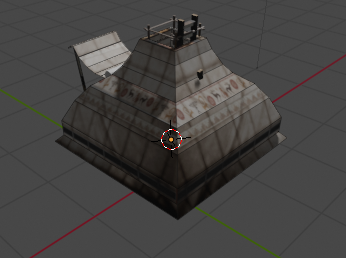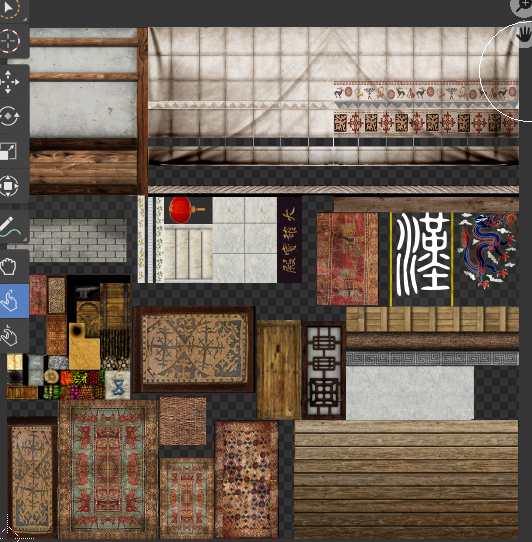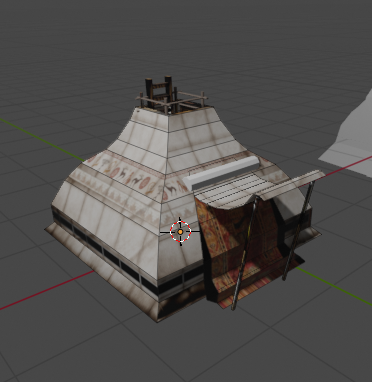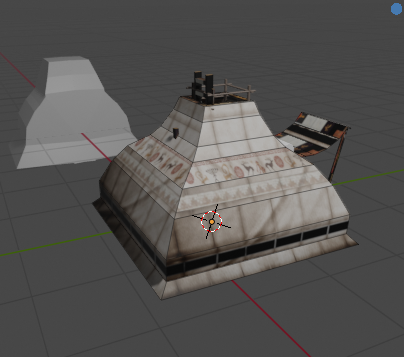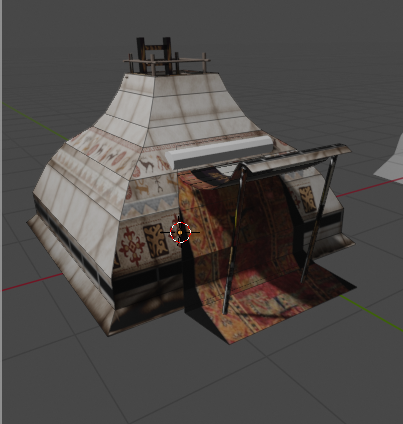-
Posts
25.684 -
Joined
-
Days Won
300
Everything posted by Lion.Kanzen
-
So it is not a bug.
-
-
@LopessI have not yet tested the factions outside of Delenda East, Terra Magna already have ready to test the Scythians?
-
Thanks, and that I have not been able to use the textures I have in mind. I plan to use silk and some rugs made by me with Scythian patterns. I need Wowgetoffyoucellphone give to me a green light. A I mean he give me permission to manipulate textures and tell me which ones he doesn't need.
-
https://m.facebook.com/groups/636239536450024/ Check this group.
-
.thumb.png.ce58cea22940c255f5b0a735d5abee36.png)
New Map: The Legend of Mali (Scenario)
Lion.Kanzen replied to Yavin's topic in Scenario Design/Map making
you can suggest any 3D object that you feel or want for your maps. -
-
This I already knew I should correct, but now it is more obvious, posts going through carpet, fabric door.
-
-
Those were the times when 0AD did not open the game for everyone. It was only until A-5(6?) that I could open it, at that time I was not following the project yet, I already knew it existed since 2006. I was looking for a Roman themed game that was like AoE II (game mechanics). The game mechanics even with the definitive edition is very backward. Not to mention that the skins were historically incorrect.
-
-
I think he is asking about a feature that only exists in Blizzard RTSs. https://gamefaqs.gamespot.com/boards/939643-starcraft-ii-wings-of-liberty/53862396
-
Handwriting is no longer practiced as in the past, women have always had a nice technique to create handwriting. With age and lack of practice this art is being lost. Returning to the topic, I am an artist and I am not very interested in all the formulas of the game.
- 158 replies
-
- @stan
- @hannibal_barca @andybeauty
- (and 9 more)




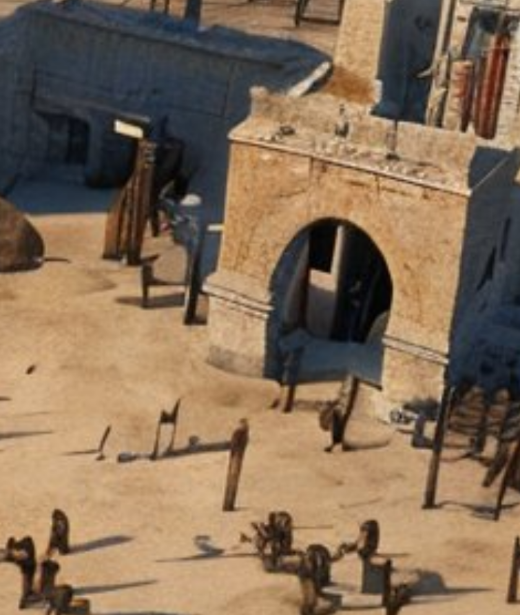
.jpeg.7ecf167fbdb483bc2206b5530ac47d4d.jpeg)


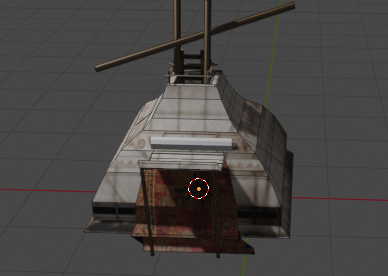

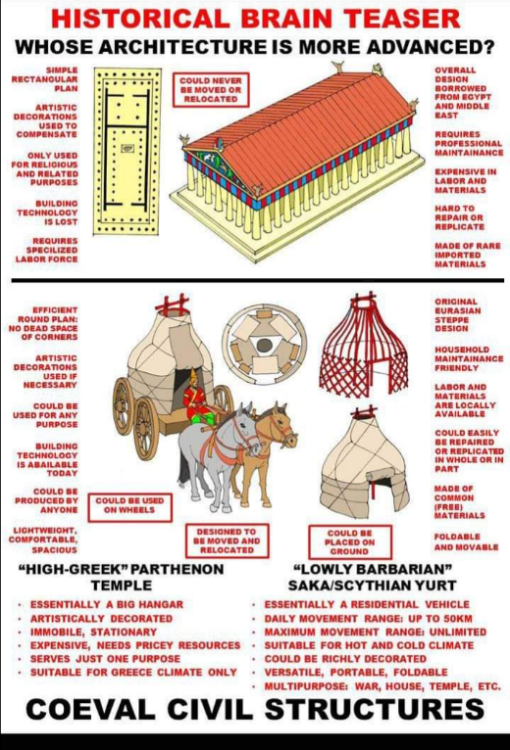
.jpeg.843d7a70001ae300a8d9b405b50d28f6.jpeg)
